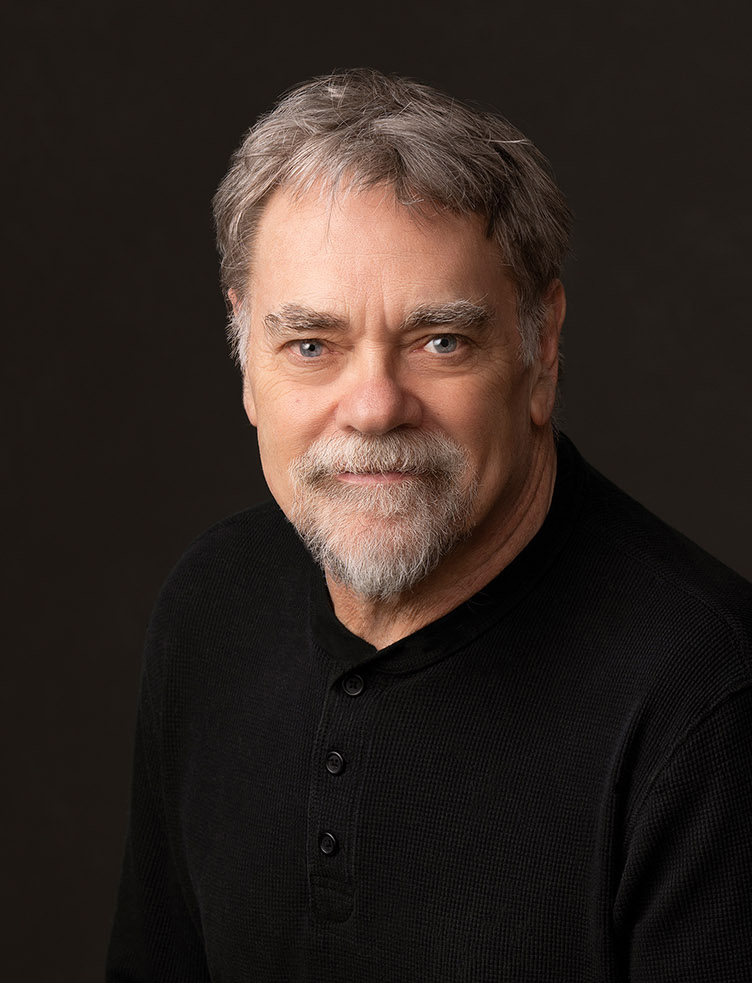Alright – so today we’ve got the honor of introducing you to Armin Mersmann. We think you’ll enjoy our conversation, we’ve shared it below.
Armin , looking forward to hearing all of your stories today. Learning the craft is often a unique journey from every creative – we’d love to hear about your journey and if knowing what you know now, you would have done anything differently to speed up the learning process.
My father was an artist, and I was an only child. We immigrated from Germany when I was seven years old. He made art, and I thought all fathers were artists. I love to draw and draw all the time. Early on, I could not speak English, but it was a way to communicate, and it was a lifelong lesson. I am very much into the narrative with all my work. I never consciously chose to be an artist; it’s just what I loved to do.
I was not interested in speeding up the learning process at all. I wanted to linger with everything I did, treating it as my sanctuary, a place where nothing bad could happen. The most essential skill is the art of observation. We need to begin to understand nature and how it is structured not in a scientific way but in the way we humans observe and how, through seeing, we begin to understand feelings and emotions translated by our vision. The drive to render in a manner that feels alive and not photographic, working from a photo alone, isn’t enough for me.
Obstacles were everywhere: school, friends, family, and anything not related to the art-making process. I was consistently looking for inspiration, a new concept, and the always important “what if.”
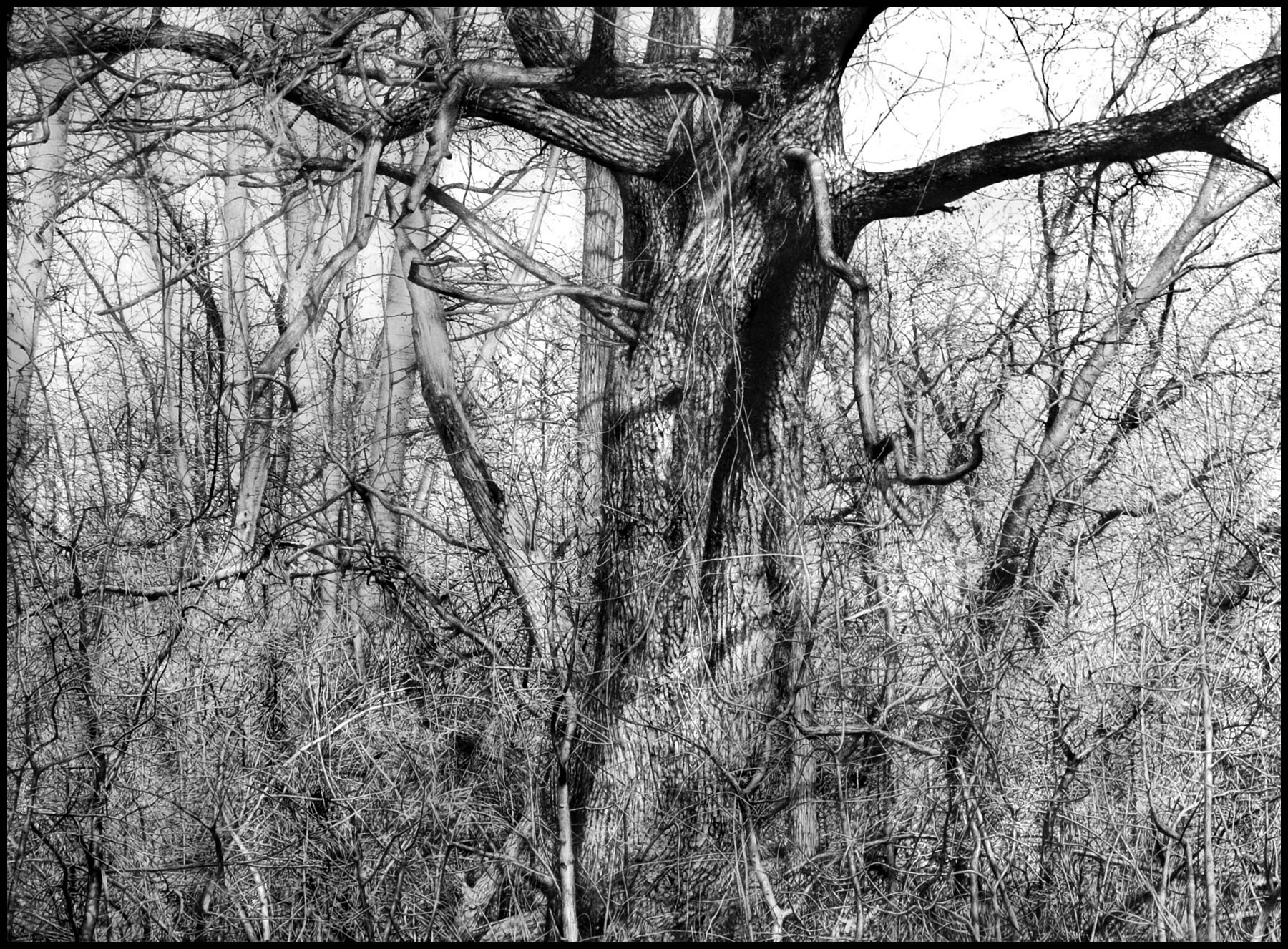
Armin , love having you share your insights with us. Before we ask you more questions, maybe you can take a moment to introduce yourself to our readers who might have missed our earlier conversations?
Although I have been a successful artist since I was thirty, that does not mean I made my sole living off of Art, I did commissioned portraits, and worked in picture framing stores, and taught art, but when someone asked me what do you do for a living, i always said i was an artist. Making a living solely as an artist is rare unless you make what the people want and make it cheap; that was not in my wheelhouse. I make art to express how I see the world, whether in a drawing that took 2000 hours or an abstraction that takes a few hours, art was and is about me. One has to be honest, and I asked what I could do for a living that would augment my art. It was always art-related as long as it wasn’t “making ” art.
I’m proud that I am just as excited to be an artist at 70 as I was when I was 17; my excitement has never waned, even for a moment. I have made a great deal of money from my fine art, but it’s cyclical; you cannot depend on it, so I had jobs that paid well, and more importantly, they gave me time—time to make art.
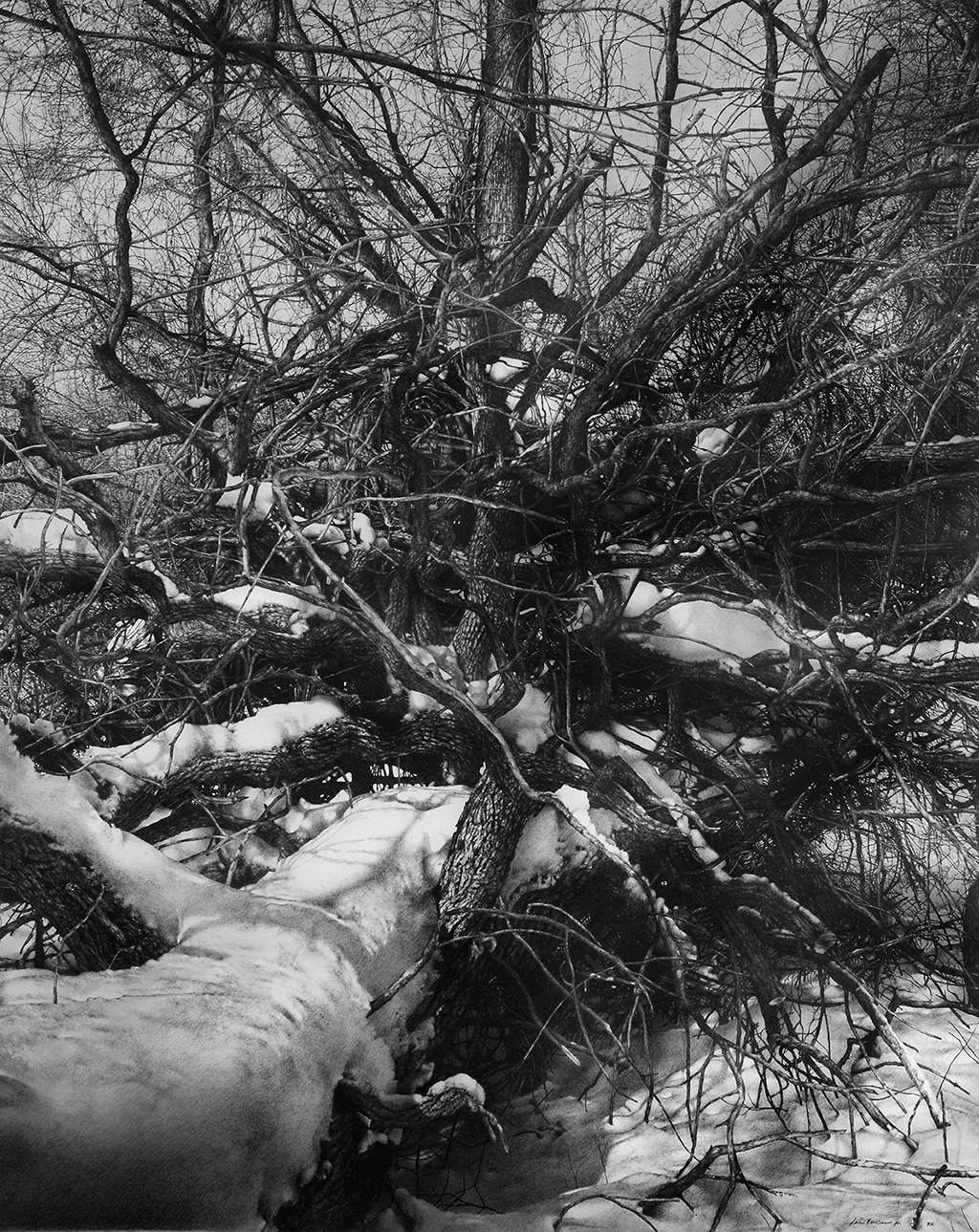
Is there something you think non-creatives will struggle to understand about your journey as a creative?
I teach the Creative Process number one. There is nothing as a non-creative. All professions require creativity; you need to solve problems to make more money. Making less waste by being more productive, making the product better and less time-consuming, and so on are all creative choices. As an artist’s creativity is not necessarily what artists are looking for, they want to paint well, draw well, they want their technique to flourish, most don’t want to create new, most are happy with a painting like someone they see in a museum or the internet. Nothing is wrong with that; it just doesn’t address the creative process very well. Creativity is more in the concept, what am I going to paint? What “ism” excites me, realism, abstraction, or something in between. Can you show how special you see the world? Do we need another painting of oranges or sunsets? How can I break rules successfully to give my work power? Since I was a kid, I have found “How Nature Takes Back” my focus, and of course, the question all need to be asked, “what if”
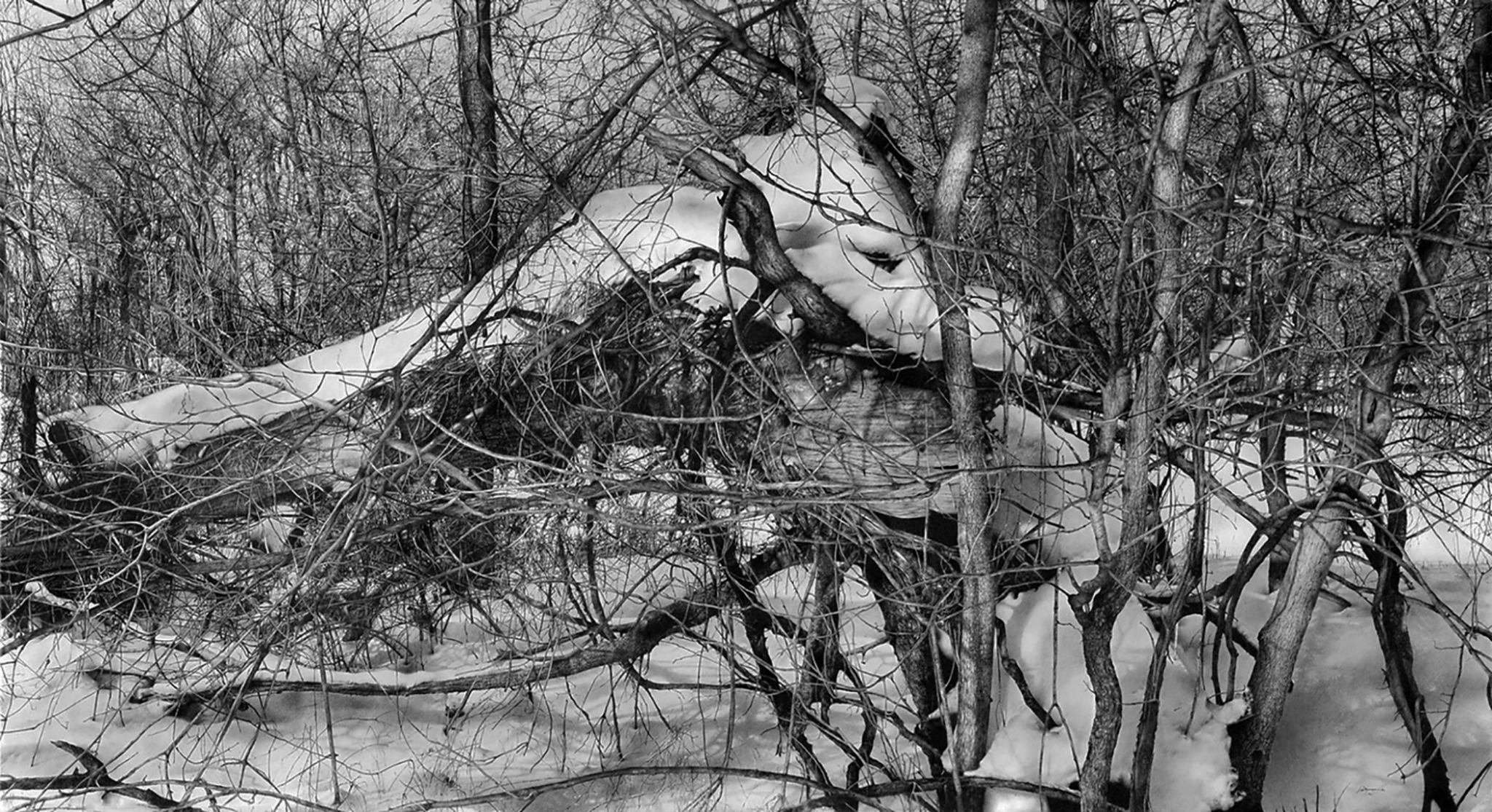
Can you share a story from your journey that illustrates your resilience?
For a while in my twenties, I was a struggling portrait artist and was picked up by “Portraits Chicago,” one of the best portrait painting agencies in the country. I was making good money, but I had to speed up, make the models look thinner and younger. I could paint and draw portraits in the day and work on my own projects at night. it did not work, and making art became a sham. So I quit the big money and started working in a picture frame store, all day I talked to artists and could wait until I got home to make art. Art was not about money, it was about passion, about storytelling and it has been ever since.
Contact Info:
- Website: [email protected]
- Instagram: https://www.instagram.com/arminmersmann/?hl=en%20
- Facebook: https://www.facebook.com/armin.mersmann/
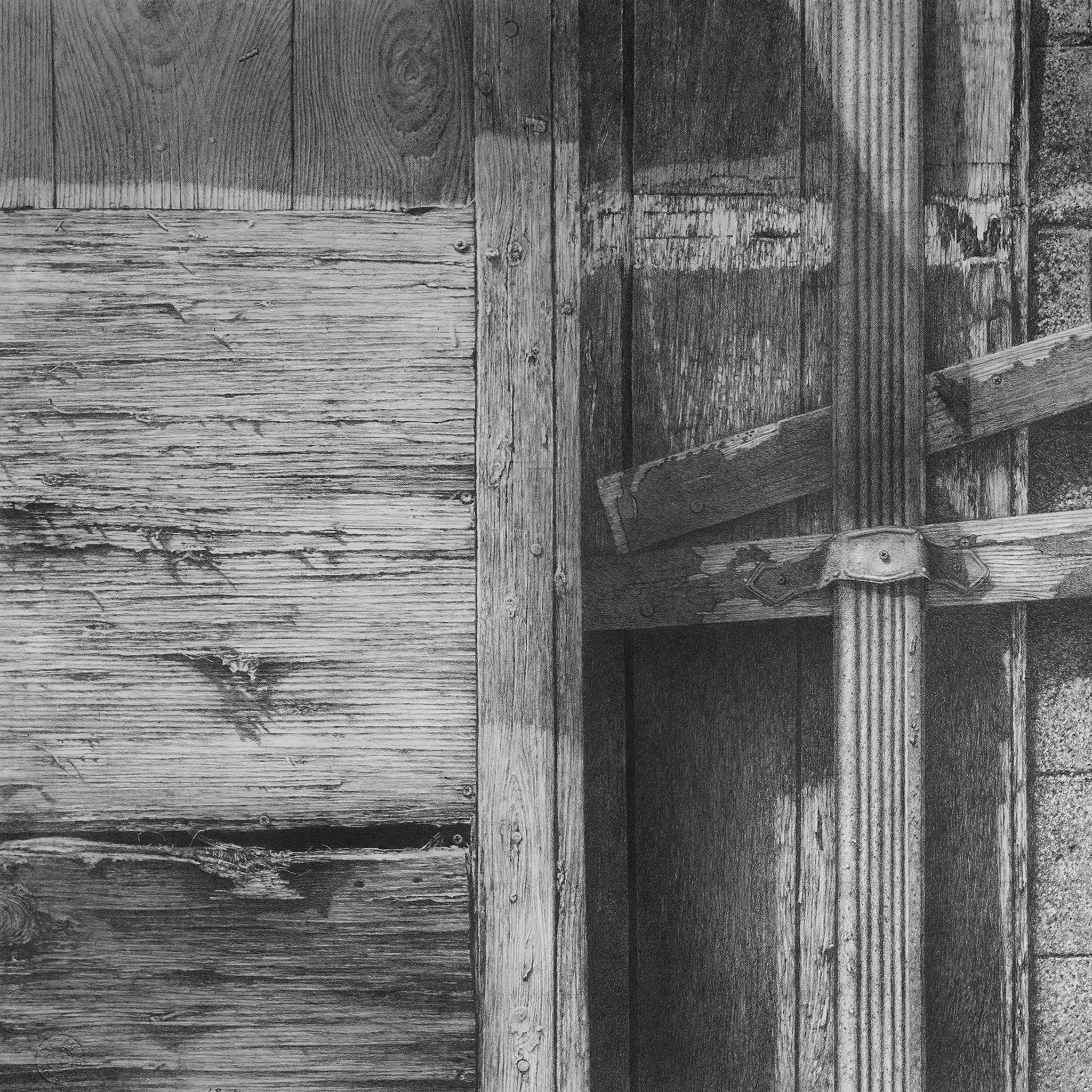
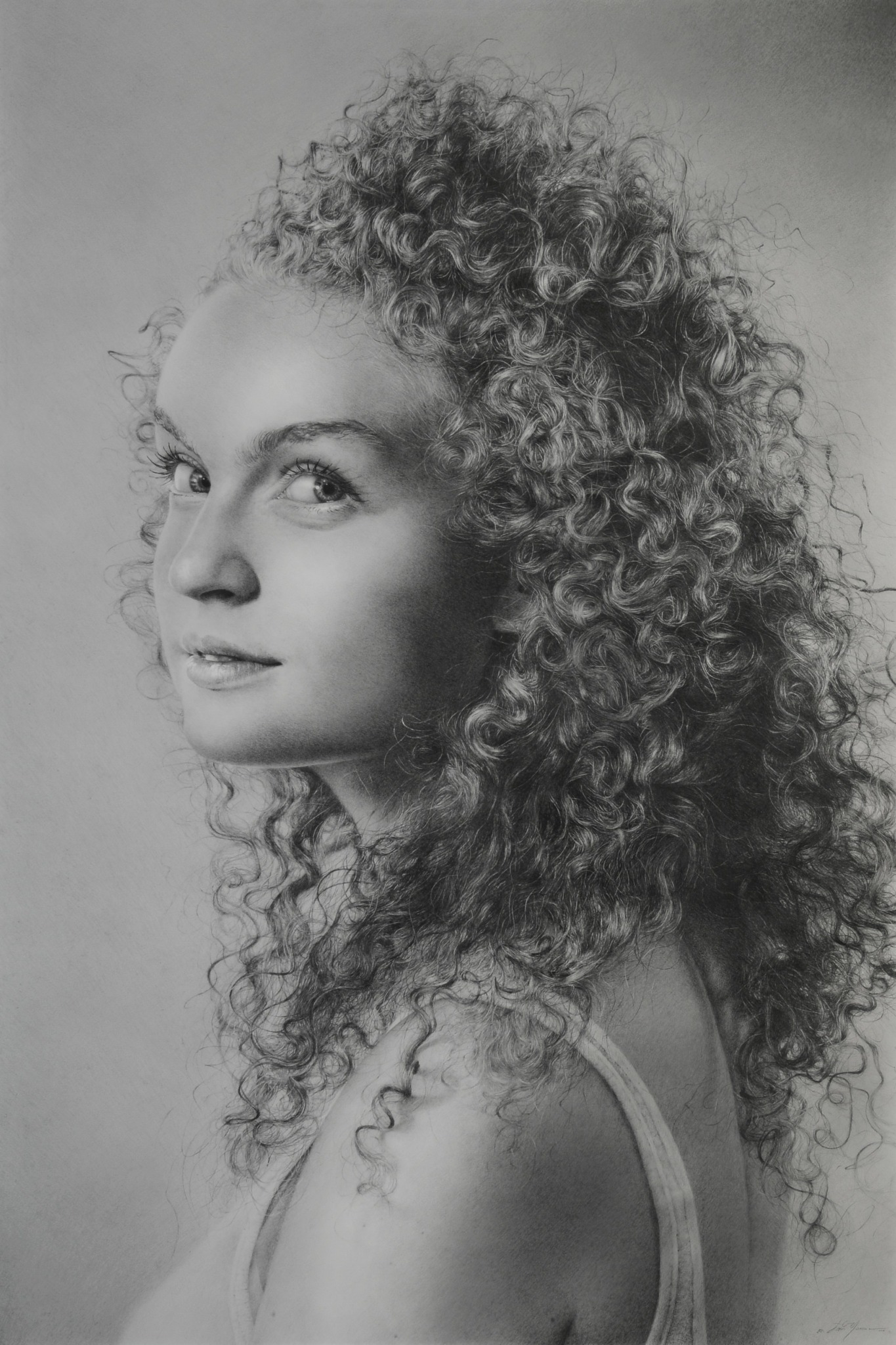
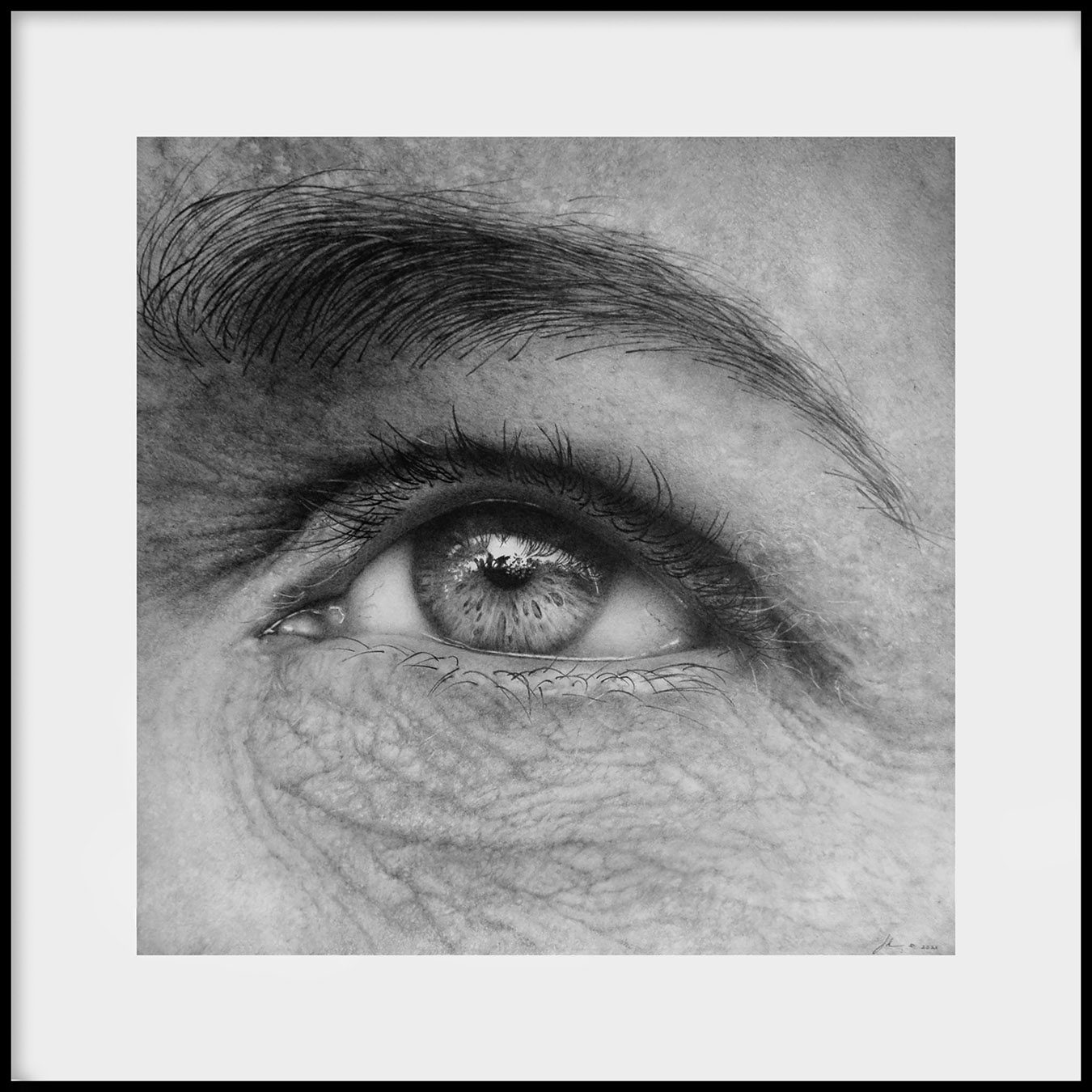
Image Credits
Armin Mersmann
Armin Mersmann
Armin Mersmann
Armin Mersmann
Armin Mersmann
Armin Mersmann
Armin Mersmann


